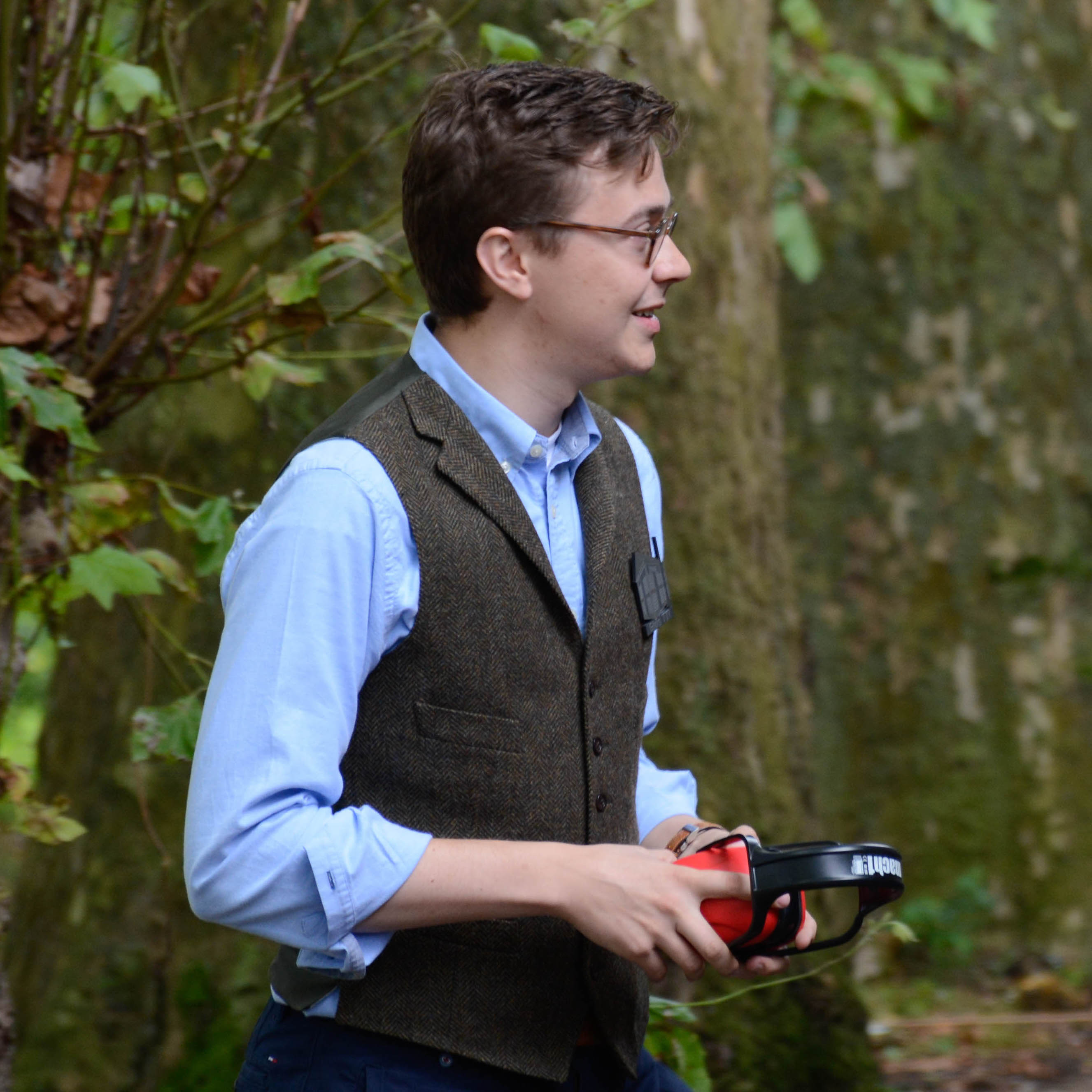Talks and presentations
Check out a
map of all places where I've presented so far.
June 19, 2018
Conference presentation, ECOS 2018 - The 31st International Conference on Efficiency, Cost, Optimization, Simulation and Environmental Impact of Energy Systems, Guimarães, Portugal
In order to optimize design and control of 4th generation thermal networks, a toolbox modesto (Multi-objective district energy systems toolbox for optimization) is under development. However, the representation of seasonal heat and cold storage systems on an annual basis requires large computational power. In an attempt to decrease computational cost, a technique with representative time slices (inspired by and combining aspects from optimization studies of electrical energy systems, unit commitment problems, thermal systems with short term energy storage and smaller scale industrial thermal systems with longer term energy storage) is developed and tested. The aim of this study is to investigate the applicability of such representative time periods to optimize seasonal TES systems in THERNETs. To this end a full year optimization is compared to one with representative time periods for a realistic case study that uses demand profiles from the city of Genk (Belgium) and energy system parameters from Marstal (Denmark). This comparative study shows that modelling with representative periods is sufficient to mimic the behaviour of a full year optimization. However, when curtailment of solar heat injection occurs, not all representations yield the same results. It was found that for the studied case, a selection of 12 representative weeks performs best, while all reduced optimizations result in a substantial reduction (speed-up of on average x4.8 to x7.7) of the calculation time.
October 06, 2017
Conference presentation, 12th Conference on Sustainable Development in Energy, Water and Environment Systems (SDEWES), Dubrovnik, Croatia
In future Smart Energy Systems, many energy carriers will be interlinked to enable 100% renewable energy supply. For future thermal networks (district heating and cooling), this means temperatures and mass flow rates will be returning, and advanced control algorithms will be needed. In order to optimally design and control these networks, a new generation of simulation tools will be needed. This presentation shows such a new model and applies it to a case study, where the need for accurate models becomes clear.
September 12, 2017
Conference presentation, 3rd International Conference on Smart Energy Systems and 4th Generation District Heating, Copenhagen, Denmark
Future renewable energy systems will need to integrate thermal energy storage in order to bridge periods of low renewable energy availability and to optimize system operation. On the other hand, the integration of storage can reduce curtailment during periods with excessive renewable energy availability. Sensible TES shows great potential in the latest generation of thermal networks (4th generation thermal networks), which are expected to be very performant in coping with waste heat sources and distributed generation based on renewable sources. This research aims at optimizing the location and size of different possible sensible TES systems in a thermal network. Linearized component models are used, combined with an optimal control strategy. This control strategy assumes perfect knowledge of disturbances and comfort constraints are incorporated. The implementation of the novel pipe model described by van der Heijde et al. is crucial to obtain realistic optima. For thermal networks supplied with low temperature differences, which is the case in 4th generation networks, the relative importance of the heat losses increases and this necessitates the use of realistic heat loss models. An important question to be answered is whether the best option (in terms of cost, or energy use) is to install a large central storage system, or to have a number of smaller decentralized units at strategic locations in the network. A simulation case study in the city of Genk (Belgium), which consists of 18 000 buildings and spans an area of over 80 km2, is selected in order to have a realistic virtual test bed for the optimization algorithm.
March 16, 2017
Conference presentation, International Renewable Energy Storage Conference, Düsseldorf, Germany
Assessing flexibility in building mass, using low order linear building models and a novel methodology.
May 10, 2016
Free presentation, Annex 60 Expert Meeting Leuven, Miami, Florida
Presentation on the mathematical derivation of heat losses from double thermal network pipes. The structure of a novel Modelica model and a validation of this model with measurement data is presented.
September 17, 2015
Free presentation, Annex 60 Expert Meeting Leuven, Leuven, Belgium
Presentation on plug flow models for modelling thermal behaviour of thermal network pipes. The plug flow model is compared to finite volume models and an improved modelling method is proposed.
May 23, 2015
Conference presentation, IEA-ECS GreenSTOCK Conference, Beijing, China
This presentation proposes an indicator for the state of charge (SoC) of thermally activated building systems (TABS), more specifically for the case of concrete core activation (CCA) of a floor. Furthermore, an experimental method for the SoC determination with an optimal (minimal) set of real-time measurements is elaborated. The methodology is based on the identification of a grey box model of the floor which allows calculating the SoC. In this paper, the methodology is applied to a 3D simulation of a massive concrete floor with CCA.
June 24, 2014
Conference presentation, Energy Systems Conference, London, United Kingdom
This presentation presents the results of a big data analysis for energy consumption data from the district heating network of Stockholm. Starting from a set of energy performance increasing measures, a retrofitting prioritization plan is proposed, together with a cost-benefit analysis.
